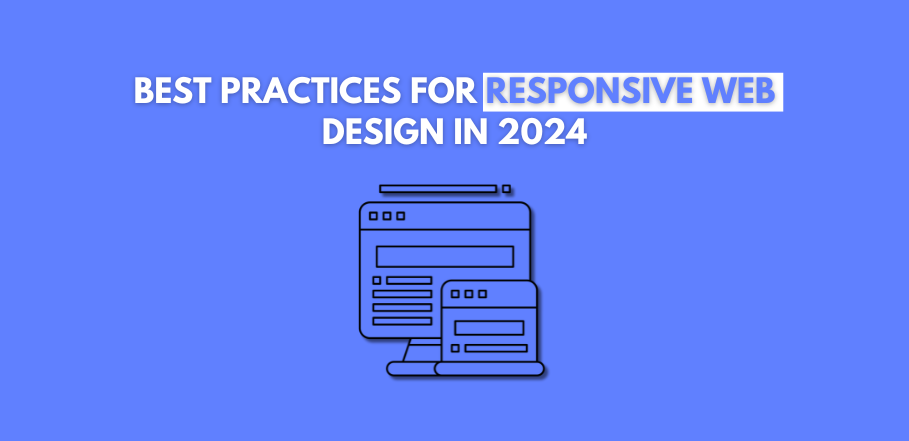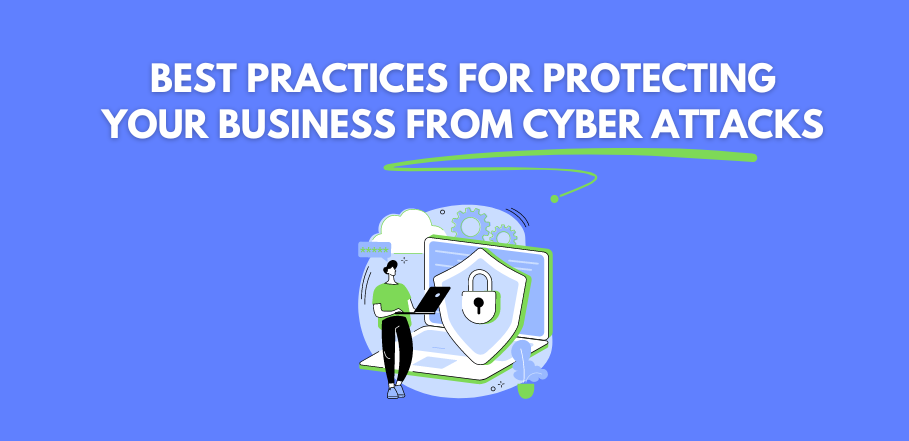
A Detailed Brief of IoT Security
The Internet of Things (IoT) is transforming how we live and work by connecting everyday objects to the Internet, enabling them to collect, exchange, and act on data. However, as the number of connected devices grows, so does the risk of cyber threats. This detailed brief explores the essentials of IoT security, its importance, common threats, key components, and best practices for safeguarding IoT ecosystems.
1. What is IoT Security?
IoT security involves protecting connected devices and networks in the Internet of Things. This includes safeguarding the data these devices collect and transmit, as well as ensuring the devices themselves are not compromised by unauthorized users.
2. Why is IoT Security Important?
IoT security is crucial for several reasons:
- Data Protection: Prevents unauthorized access to sensitive data collected by IoT devices.
- Device Integrity: Ensures that IoT devices function as intended and are not manipulated by attackers.
- Network Safety: Protects broader networks from being compromised through vulnerable IoT devices.
- User Privacy: Safeguards personal information and user privacy.
- Regulatory Compliance: Helps businesses comply with data protection regulations and standards.
3. Common IoT Security Threats
The increasing number of IoT devices opens up various security vulnerabilities. Some of the most common threats include:
Unauthorized Access
Hackers gaining unauthorized access to IoT devices can manipulate their functions, steal data, or launch further attacks.
- Weak Authentication: Poor password practices and lack of multi-factor authentication (MFA) make devices susceptible.
- Insecure Interfaces: Vulnerable APIs and web interfaces can be exploited to gain access.
Data Breaches
Compromised IoT devices can be used to infiltrate networks and steal sensitive information.
- Unencrypted Data: Transmitting data without encryption exposes it to interception.
- Poor Data Storage: Inadequate storage security measures can lead to breaches.
Botnets
Hackers can take control of numerous IoT devices to create botnets, which are then used to launch large-scale attacks like Distributed Denial of Service (DDoS).
- Infected Devices: Compromised devices are used to flood targets with traffic, overwhelming their systems.
- Command and Control: Attackers use command and control servers to manage the botnet.
Physical Tampering
IoT devices, especially those in remote or public locations, are at risk of physical tampering.
- Access Control: Lack of physical security measures allows attackers to tamper with or steal devices.
- Hardware Manipulation: Attackers can alter the hardware to compromise device functionality.
Software Vulnerabilities
Unpatched software vulnerabilities in IoT devices can be exploited by attackers.
- Firmware Bugs: Flaws in firmware can be used to gain control of devices.
- Outdated Software: Lack of regular updates leaves devices vulnerable to known exploits.
4. Key Components of IoT Security
Effective IoT security involves multiple layers of protection, addressing various aspects of the IoT ecosystem:
Device Security
Securing the individual IoT devices themselves is the first line of defense.
- Secure Boot: Ensures the device boots using only trusted software.
- Hardware Security Modules (HSM): Protect cryptographic keys and other sensitive data.
Network Security
Protecting the networks that IoT devices connect to is crucial for overall security.
- Firewalls: Monitor and control incoming and outgoing network traffic.
- Virtual Private Networks (VPNs): Encrypt data transmitted between devices and networks.
Data Security
Ensuring that data collected and transmitted by IoT devices is secure.
- Encryption: Use strong encryption protocols for data in transit and at rest.
- Access Control: Implement strict access control policies to protect sensitive data.
Application Security
Securing the applications that manage and interact with IoT devices.
- Regular Updates: Ensure applications are regularly updated to patch vulnerabilities.
- Secure Coding Practices: Follow secure coding practices to minimize software flaws.
Cloud Security
Many IoT solutions rely on cloud services for data storage and processing.
- Identity and Access Management (IAM): Control who can access cloud resources.
- Secure APIs: Ensure APIs used to connect to cloud services are secure.
5. Best Practices for IoT Security
Implementing best practices can significantly enhance the security of IoT systems:
- Strong Authentication: Use strong, unique passwords and enable multi-factor authentication.
- Regular Updates: Keep firmware and software updated to patch known vulnerabilities.
- Encryption: Encrypt data at all stages—at rest, in transit, and during processing.
- Device Management: Implement centralized device management to monitor and control all connected devices.
- Physical Security: Protect devices from physical tampering with robust access control measures.
- Security by Design: Incorporate security measures at every stage of the device lifecycle, from design to deployment.
- Network Segmentation: Isolate IoT devices from critical network components to limit the impact of potential breaches.
- Incident Response: Develop and implement an incident response plan to quickly address and mitigate security incidents.
6. The Future of IoT Security
As IoT technology continues to evolve, so do the security challenges. Key trends to watch in the future include:
- AI and Machine Learning: Leveraging AI and machine learning to detect and respond to security threats in real time.
- Edge Computing: Enhancing security by processing data closer to where it is generated, reducing the need for data transmission.
- Blockchain: Using blockchain technology to create secure, tamper-proof records of IoT data and transactions.
- 5G Networks: Addressing new security challenges and opportunities presented by the rollout of 5G networks.
- Regulatory Changes: Adapting to evolving regulations and standards to ensure compliance and protect user data.
Conclusion
IoT security is a critical aspect of the growing Internet of Things landscape. By understanding the key components and best practices of IoT security, businesses can protect their devices, data, and networks from emerging threats. At EZ Brand Builders, we specialize in developing comprehensive IoT security strategies tailored to your unique needs, ensuring your connected devices and data remain secure. Investing in robust IoT security measures ensures your business remains competitive, efficient, and resilient in an increasingly connected world.









